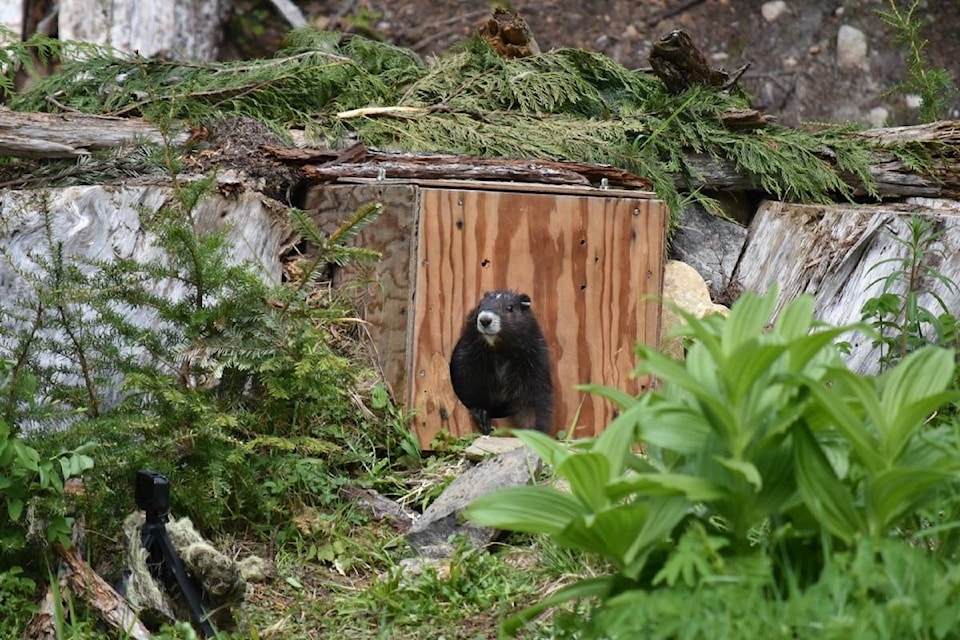There are some positive signs for the population of Vancouver Island marmots, as the endangered species that nearly went extinct in the early 2000s are coming out of hibernation with babies in tow.
Adam Taylor, executive director with the Vancouver Island Marmot Recovery Foundation said the over-winter survival of the marmots appears to be “really good” as their team continues to keep an eye out on young pups to see how many new marmots may be emerging this summer.
The Vancouver Island marmot population has been recovering since the species nearly went extinct, but thanks to the foundation, their population has risen, particularly with 106 pups born within the past two years.
The Island marmot is endemic to Canada and one of only a small handful of mammals to occur in the country and nowhere else. In 2004, less than 30 remained in the wild.
In 2019, the foundation counted 60 pups; in 2020, it reached 46.
RELATED: ‘Frisky’ Vancouver Island marmots caught on camera
“Marmots breed in May and they have a gestation period of about one month. The young first stay with mom underground and feed until about the first or second week of July,” Taylor explained and noted the only clue they have to see if pups have been born is to spot a lactating marmot.
Female breeding-age marmots generally have between two to six babies in a litter, and while the past two years have provided many young pups, Taylor said this year the foundation is expecting fewer than in past years.
“We’ve had two really good years … marmots usually skip a year producing (pups). We would love to see those numbers again but it’s reasonable to see lower numbers. If we see 60 pups, we would extremely happy, but anywhere between 40 to 50 would still be pretty good.”
VIMRF works with the Toronto and Calgary zoos for their captive-breeding programs in addition to their facility on Mount Washington. Last year, they released 14 marmots into the wild from the program and three were translocated to enhance other colonies.
This year, 31 marmots are slated for release: 10 on Mount Washington, 21 in the Nanaimo Lakes region, and a few will be translocated into the Strathcona Parks area.
Taylor explained the past few years the program has been working to revitalize the captive breeding program. They generally take young pups who have lost their parents into the program, and it usually takes about three years until they are ready to breed.
“We’ve spent the last five years getting prepared and we’re hoping to see a lot more in the years to come.”
For more information on the foundation or to support their work, visit marmots.org.
photos@comoxvalleyrecord.com
Like us on Facebook and follow us on Twitter
